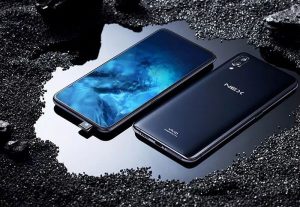All you need to interfere with your phone is a device that transmits at the correct frequency. Different cellular systems process signals in different ways, but all cellular networks use radio signals that may be interfered with. GSM is used for digital cellular and PCS-based systems, operating in the 900 MHz and 1800 MHz frequency bands in Europe and Asia, and the 1900 MHz frequency band (sometimes referred to as 1.9 GHz) in the United States. Mobile cell phone jammer can transmit at any frequency and are effective for AMPS, CDMA, TDMA, GSM, PCS, DCS, iDEN and Nextel systems. Older analog phones and today’s digital devices are equally susceptible to interference.

Pausing the phone is the same as pausing another wireless communication. The mobile phone communicates with the business network through a base station or a base station. Communication towers divide the city into smaller areas or units. When a mobile phone user is driving on the street, the signal is transmitted from one tower to another, and the interference device transmits on the same radio frequency as the mobile phone, and interrupts the communication between the phone and the mobile phone base station in the city. This is called a denial of service attack. Mobile phone jammers refuse to provide radio spectrum to mobile phone users within the interference range. Older cell phone signal jammers can also be used.
In October 2011, the US Federal Communications Commission (FCC) warned 20 online retailers to prohibit the sale and marketing of interference signals to Americans. However, Google’s quick search allows Americans to order cell phone jammers online. Ellison said in a press release: “Our actions should send a strong message to disruptors that they will not tolerate continued violations of federal laws.” The United States tries to prevent interference, but it can manufacture and export. Procedures to block US networks. The Federal Communications Commission stated that it is not aware of the vulnerability of mobile jammers in the United States.